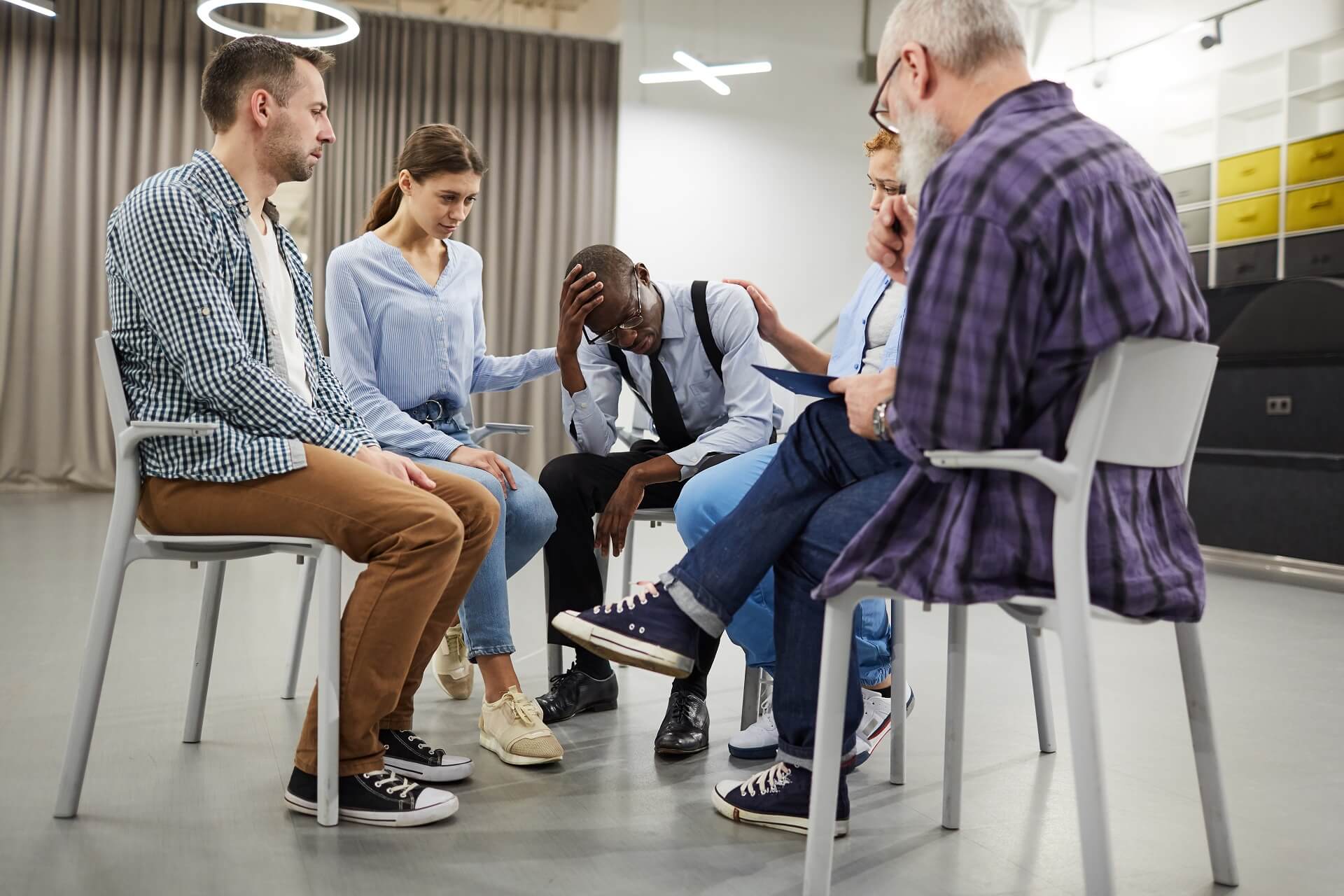
Grieving Together
Loss is a difficult and inevitable part of life. Grief is part of the healing response to loss. Grief is typically considered on a personal scale – an individual or a small group of people suffer a loss. Their lives may temporarily stop as a result, but there’s a general sense that the rest of the world moves forward. However, there are also collective forms of grief born out of shared experiences. Unfortunately, we have all too many examples of this – acts of terrorism or mass shootings that rattle communities and nations, war, natural disaster, the loss of a beloved public figure. Most recently, we’ve seen the collective grief brought on by the COVID-19 pandemic. In cases of shared grief, we hold our own unique experience of mourning and are simultaneously able to connect with others in a united way. Let’s explore grief itself and this expanded experience of it.
Grief can be lonely and isolating. When something tragic happens, internal pain and struggle ensue. Elisabeth Kübler-Ross designated the well-known stages of grief: denial, anger, bargaining, depression, and acceptance. These stages are not linear nor does one need move through all of them. They are a framework that attempts to organize a concept that is not easily organized. In the midst of this internal hardship, it is essential to also move outward, to invite others in to witness our pain. A challenging aspect of grief – of experiencing and of processing it – is that we want to make it better. How challenging it is to sit with our own pain or with someone else who in pain and not try to “fix” it for ourselves/them. This makes us feel helpless, which is a generally unwelcome feeling. And yet, this is exactly what grief needs. It must be named, acknowledged and held without attempts to make it go away.
This is also the essence of collective grief: we name our grief and we mourn it together. While one person’s grief is inherently unique to another’s, when our situation is a shared one, it cultivates an elevated level of understanding, empathy and presence. We are able to identify with the collective aspect that transcends you or me. We are able to bond together and connect through difficulty. This act of fellowship can be a powerful and healing one.
Right now, in the midst of this pandemic, we are rallying together. We hear about retired medical professionals volunteering at hospitals, communities and cities around the world designating times to cheer on our tireless front-line workers, friends (or strangers) helping the most vulnerable. We are ever aware of our common humanity. Yet, there is something glaringly missing from this picture: the ability to physically be together. During other instances of collective grief, communities hold vigils, individuals exchange tear-soaked hugs and hold hands in solidarity and in support. Right now, we are not afforded that opportunity and it is likely part of our grieving process – the loss of our normal way of life. The loss of social connection, something that defines us as humans. Can we allow this to be a part of our mourning, and still take in the ways that we are able to connect – within our homes, on screens and with our words?
Grief expert David Kessler, who worked with and co-authored books with Kübler-Ross, recently authored a new book1 (with her family’s permission) that offers a sixth stage of grief: meaning. During this challenging, temporary season, can we make meaning out of and grow from our grief in some way? Can we move through grief with resilience – as individuals, as a world, as humanity?
For a more eloquent, summed up version of much of the above, check out this animated video: How Do You Help a Grieving Friend?



